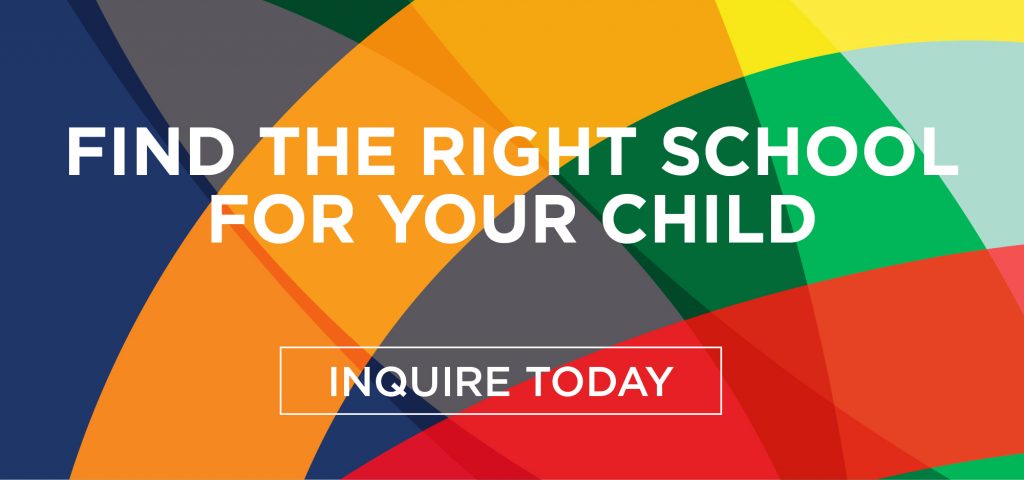Although we are still in the grips of winter, many of us are already planning ahead for the next school year. Some children will be moving from primary to middle school while others will be heading off for their secondary education. It’s a good time to undertake a review of what we hope for in choosing our child’s school.
Last month we provided some questions to ask about how a school provides support for student well-being. This time we’re stepping back a bit to provide some guidance for folks still contemplating the choice between a private/independent and public education.
1. Focus on personal development
As the world changes and as we try to find ways to help our children prepare for an uncertain future, private schools help students develop a greater understanding of the world and who they are as individuals. As well as being thoroughly prepared for the next step in their education, they gain greater resilience, adaptability and insight into how to build the agility to react to opportunity in their lives.
2. Class size
Most public school classes hold 25 or more students (at this time it also appears that the Ontario government is considering doubling class size) while the OIS member schools typically contain 10 – 18 students. A lower teacher to student ratio means that your child will receive the personal, individualized attention that they require. Teachers simply have more time available to respond to each student’s particular needs.
3. Balance matters
OIS member schools deliver a comprehensive and balanced approach to your child’s education. Undoubtedly the academic side is of critical importance but that needs to be balanced with the significant growth and learning that comes from participation in athletics, creative arts, and other extracurricular activities. Whether it is regular trips to the neighbouring retirement home or experiencing the challenges of a wilderness adventure, these programs help develop the whole person that we want our child to be.
Photo by Aaron Burden on Unsplash


